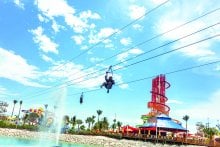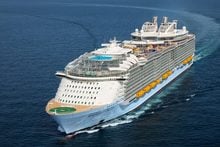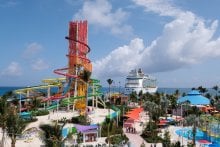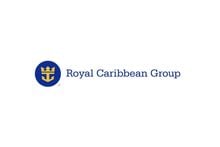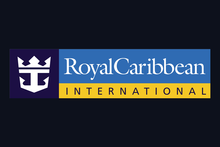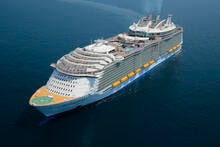Royal Caribbean's cruise boom isn't slowing down.
The second quarter earnings results were released by Royal Caribbean Group on Tuesday, and the message is clear to consumers: cruise demand is surging, even as prices rise.
The company said its ships sailed with a load factor of 110% during the second quarter, indicating ships are sailing full.
"Demand for our portfolio of brands and our industry-leading experiences continues to accelerate," said Royal Caribbean Group President and CEO Jason Liberty in a press release.
A stronger than expected second quarter
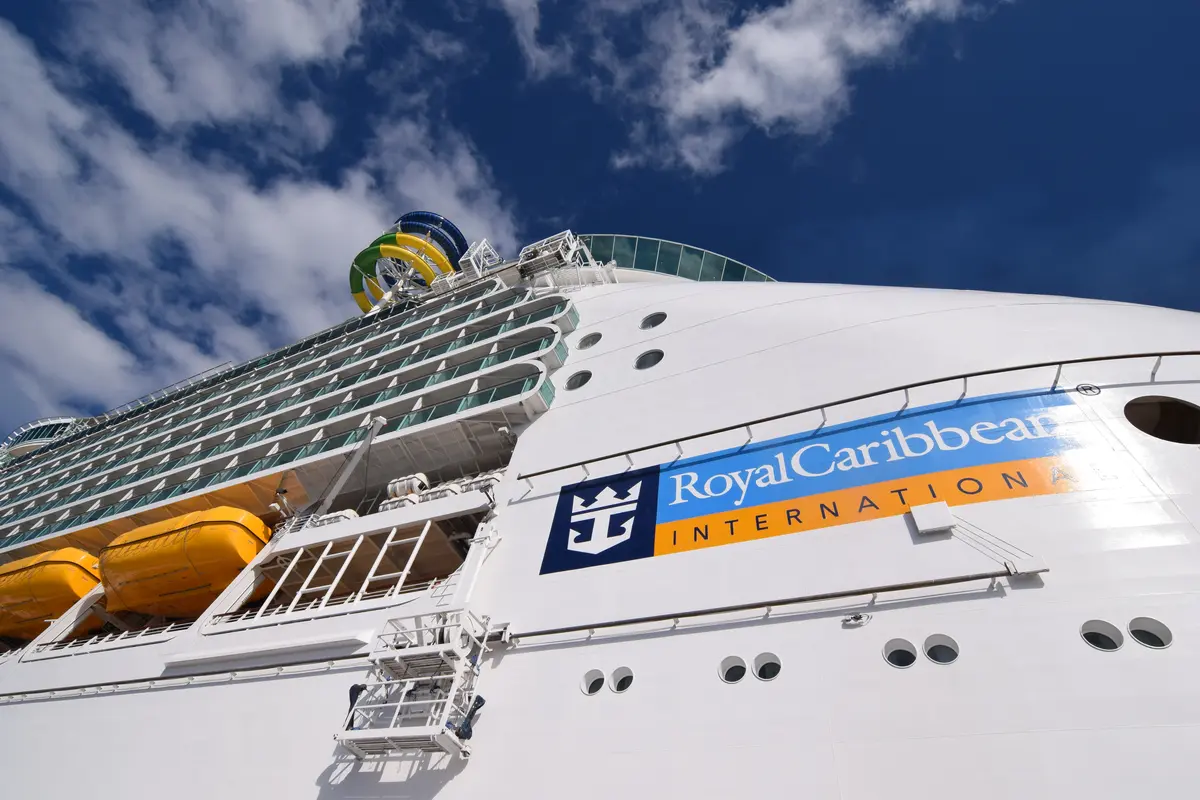
The posted results paint a picture of very strong consumer demand for going on one of the Royal Caribbean Group brands of ships.
- $1.2 billion net income; EPS of $4.41, beating expectations.
- 2.3 million guests served in one quarter, which is up 10% year over year during the same time period.
- Net Yields up 5.3%, driven by higher ticket prices and onboard spend.
"Guest spending onboard and pre-cruise purchases continue to exceed prior years, driven by greater participation at higher prices," the company said in its prepared statement. That's been a trend for years that is seemingly getting stronger.
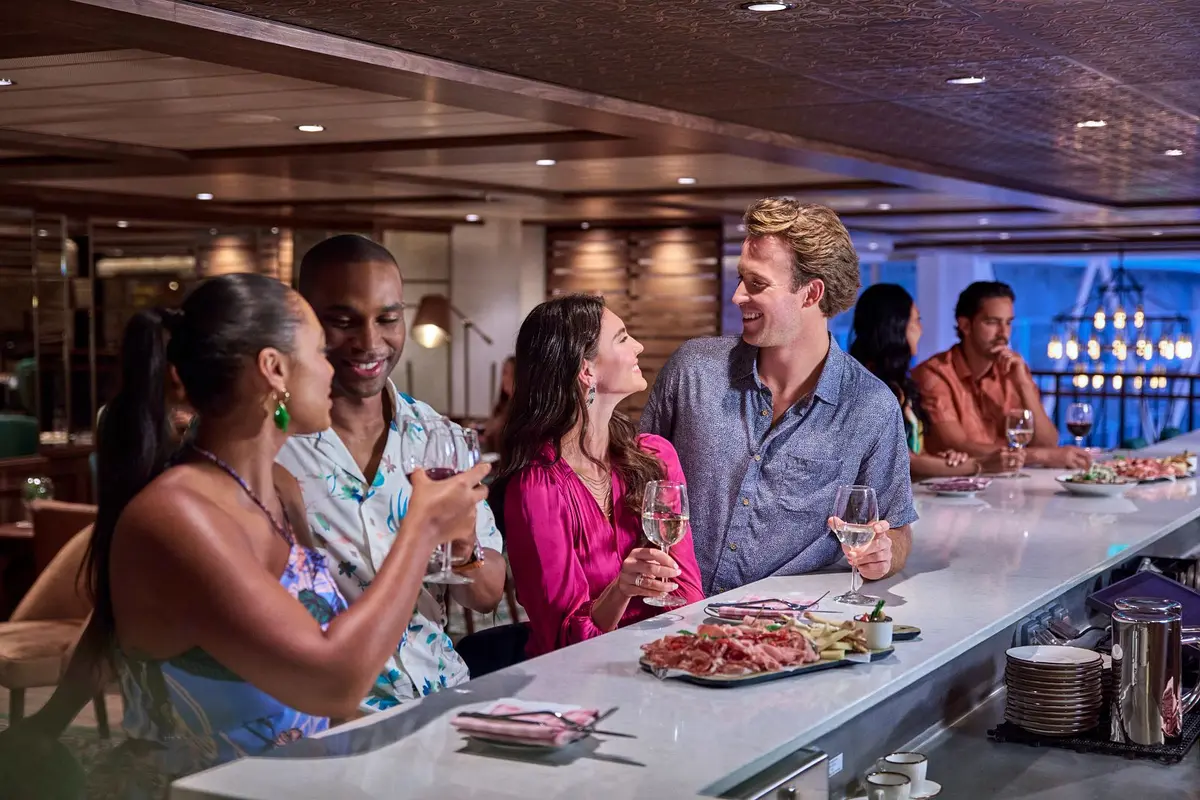
What it means is more people booked on cruises than ever are spending more than ever on extras for their sailing, such as shore excursions, WiFi, spa treatments, drink packages and more.
An equally important trend is ships are selling out closer to sail dates, "Bookings have accelerated since the last earnings call, particularly for close-in sailings."
This means the rate of new cruise bookings have picked up since the first quarter, especially for last-minute cruises.
Strong demand for the newest ships and destinations
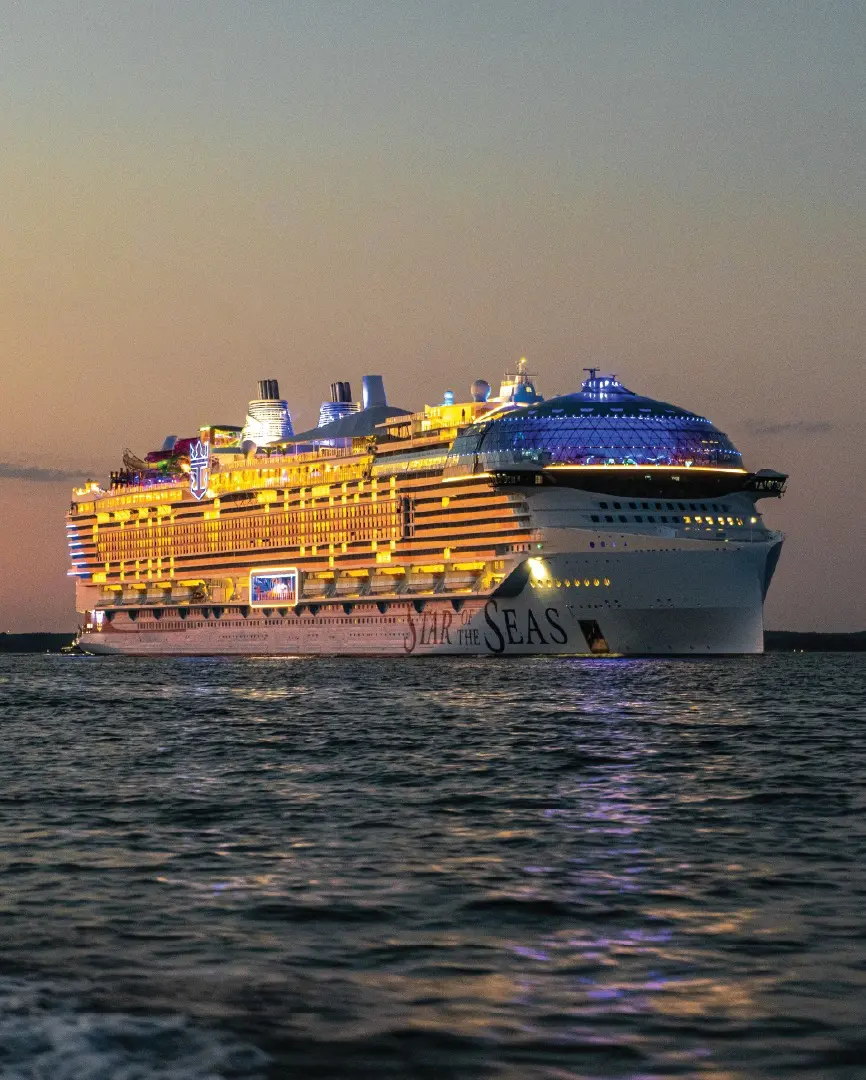
Royal Caribbean Group called out a few of its newest products that are set to come online because of how well they're selling.
They reported strong demand for new ships like Star of the Seas and Celebrity Xcel.
In addition, there's been an early booking surge for Royal Beach Club Paradise Island.
Mr. Liberty talked about this trend in his prepared remarks, "The strong demand we are seeing across our new ships and land-based destinations reinforces that our strategy is working and resonating with today’s traveler."
Higher prices for cruises
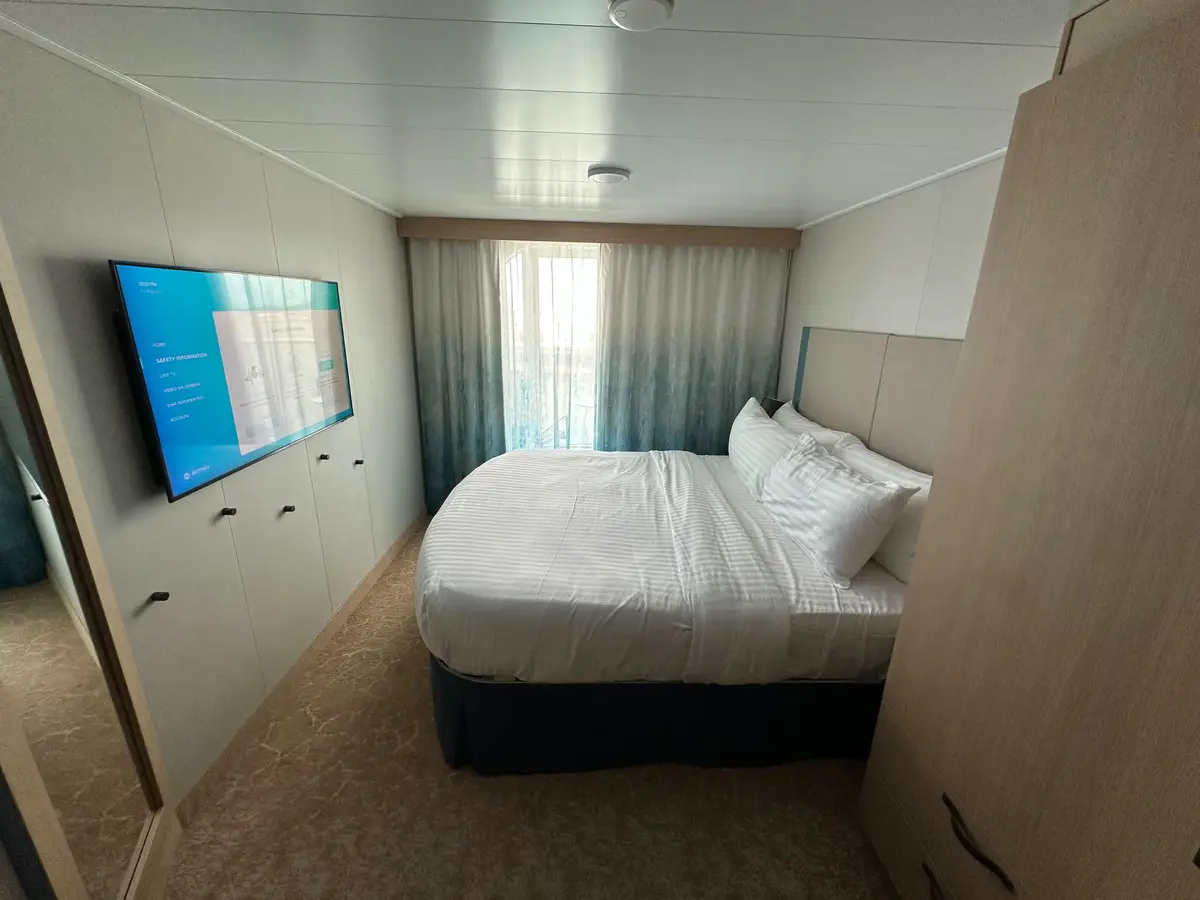
Royal Caribbean Group said Net Yields are expected to rise another 3.5% to 4.0% for the year, and that's important for consumers to understand.
Net Yields measure how much revenue the cruise line earns per passenger, after subtracting certain costs.
When Royal Caribbean says Net Yields are rising, it means they're making more money per guest. Usually that's from higher ticket prices, and/or higher onboard spending.
In the second quarter of this year, Royal Caribbean’s Net Yields were up 5.3%, and for the full year, they expect them to rise another 3.5% to 4.0%. That may sound like a small percentage, but across millions of passengers, it’s a huge increase in revenue.
There are three key factors pushing Net Yields higher:
- Higher cruise fares, especially for new ships and in-demand itineraries
- People spending more drink packages, specialty dining, shore excursions, and Wi-Fi
- People booking last-minute cruises and still paying premium prices
"Net Yield growth in the quarter was split evenly between new and like-for-like hardware, and was driven by both ticket pricing and onboard spend."
A pipeline of innovation to carry them forward

Another trend within today's results is that Royal Caribbean Group sees even brighter days ahead because of its upcoming lineup of new offerings.
"We see another step change in growth… with a powerful pipeline of incredible new ships, the ramp-up of our highly differentiated new destinations… and continued investments in disruptive technology," Mr. Liberty said in the press release. That's a sign they see their new ships and private destinations as leverage for being even better in the coming months and years.
Over the next two years, Royal Caribbean Group is poised to launch four new cruise ships, new beach clubs and private destinations, and even river cruises.
Plus, expect more investment in personalization and loyalty tech. There's a clear connection between having a better app and website experience and higher revenue for the company.


